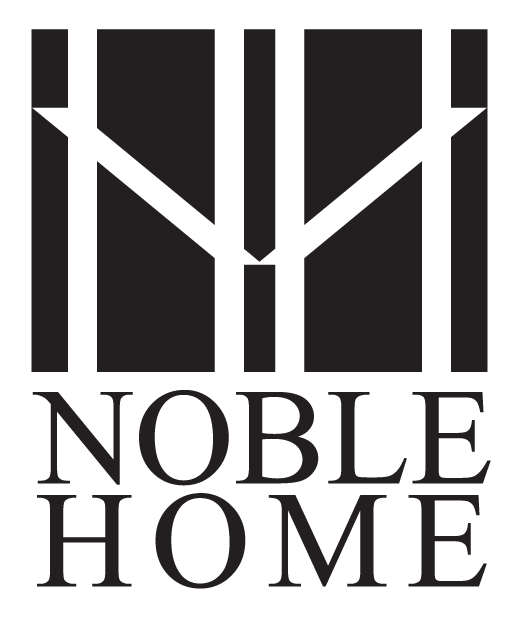Small Home Settlement
WELCOME TO 2021
With a New Year (especially this one), shall come new thinking. A chance to disrupt old patterns, creating something better. At Noble Home, we are seeking to improve settlement patterns, creating better, more just, more ecologically sensitive, more down-to-earth ways of living. We are also seeking input to help shape a small-home settlement to be a model of rural sustainability in Western Massachusetts. This could take a variety of forms - more rural or more village like, with your help. [Scroll to the bottom for the questionnaire and to skip the mumbo-jumbo]
The need for this is evident.
The great American Suburb has failed.
Sprawl…..
Taliesin West in the Desert
Ever since starting to build dwellings, I believed there had to be a better way to utilize rural resources and protect the environment other than suburbanizing the land. In Scottsdale, Arizona, in the early 1990’s, I experienced extreme residential sprawl, a development pattern requiring a car and highway to get a carton of milk, and extreme environmental degradation as people moved to the desert with their flowers and grass seed and proceeded to water their new lawns, and even cacti, with water piped in from the Colorado River. Well documented social and environmental degradation have followed the growth pattern of the suburbs around the country. Taliesin West, an intentional community of 70 people where I was apprenticing, situated in Scottsdale, portrayed an alternative development pattern on 600 acres of desert.
Arcosanti in the Desert
Also in Arizona, in the 1970s, the late architect Paolo Soleri founded another intentional community called Arcosanti as a model to urban living in harmony with the earth (https://www.arcosanti.org).
Numerous Co-Housing and eco-village groups have formed and gained success developing their own land, living their purposeful ways, manifesting their personal views of living lightly on our planet.
Also during the 70s, there was some concern of the increasing consumerism, planned obsolescence economy. These qualities of our society continued to increase and became mandatory to feed an ever expanding economy, required to maintain our standard of living, all while natural resources declined. And yet, with the advent of the computer age, the continuation of an exponential increase in per capita energy use will face us with a massive problem when we can no longer power our consumerism. The time is now to reassert our values, prioritize what is important and bring a spirituality back to our lives. Central to this is bringing Nature back into our daily lives and rituals through our buildings and settlement patterns.
Paradoxically, zoning laws since the 1970s tended to encourage separation of social and civic functions, favoring the sprawl and mall culture over downtowns and mixed use neighborhoods. We now realize that it is healthy and a better use of resources to have a mix of uses, walkable communities, local food and products. There is a public call to counter climate change and reduce our carbon footprint. The “New Urbanism” movement strives to create human scaled, mixed use communities and neighborhoods that thrive socially in more urban settings. Rural communities have the advantage of land resources for growing and harvesting food while maintaining a clean environment.
The Hills of Western Massachusetts
Here in Western Massachusetts, it is rural and agricultural with plenty of professionals and artisans. The need for a model sustainable housing pattern is real. I envision a small rural community of 20 +/- small, healthy, passive solar homes in the hilltowns here, designed and built by Noble Home. With 20-50 acres, enough land would be available for a variety of uses and for land preservation. Homes could be mostly single-family or multi-family (for additional affordability) depending on desire and local zoning laws. Possibilities includes walking trails, farming, business / artisan spaces. Land would be mostly preserved as common open space with homes clustered to conserve natural resources. Land would be developed in an ecologically friendly manner with buildings becoming part of the landscape as much as possible, providing for dwelling privacy and a thriving natural ecology. Affordability could be maintained through affordable housing grants, placing land within a land trust or creating a housing cooperative.
If you think you may be interested in or would like to contribute to such a vision, please consider filling out the questionnaire below so that preliminary information can help the planning stage and land search. We will keep you updated as plans continue. Thank you!
Concept Sketch of Small Home Settlement





